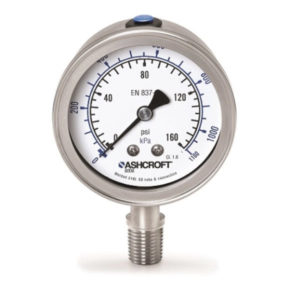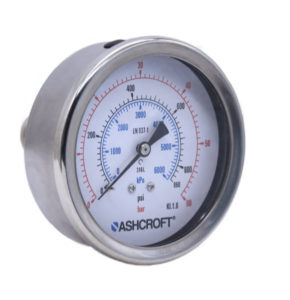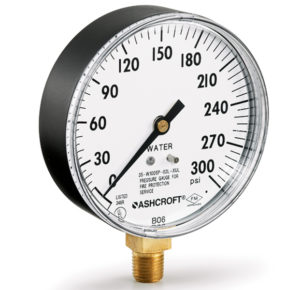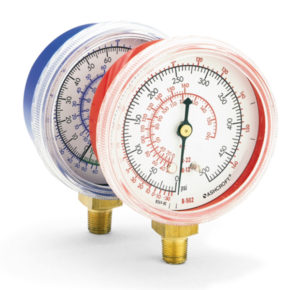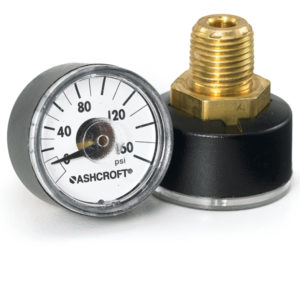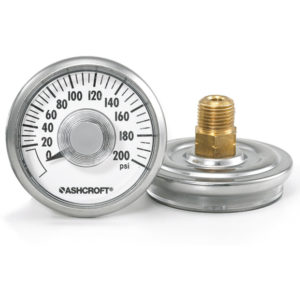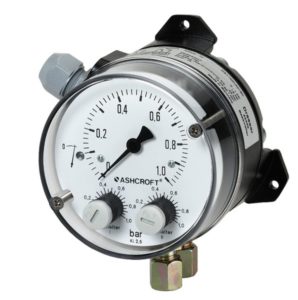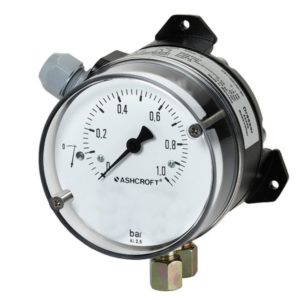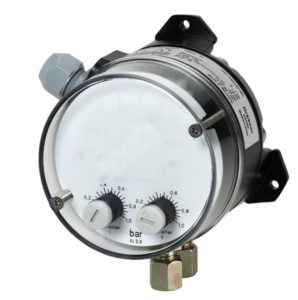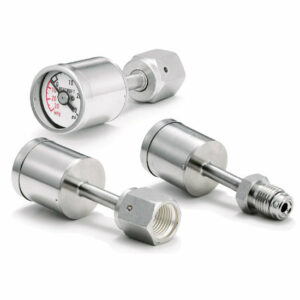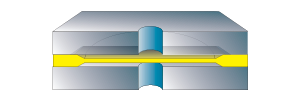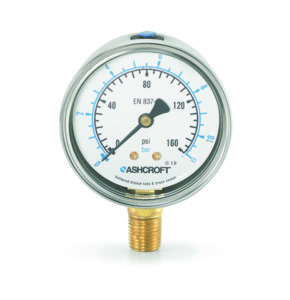

1490 Low Pressure Diaphragm Gauge
1490 Low Pressure Diaphragm Gauge
The Ashcroft® 1490 diaphragm gauge is an economical solution for low pressure measurement.
Data Sheets
Selection Guides
Product + Technical Information
Key Features
Easy access window allows for minor span adjustments
Case is suitable for intermittent or continuous services on natural gas
FlutterGuard™ option to reduce movement wear and eliminate pointer flutter
Markets & Applications
Hydrogen and Technical Gases
- Specifications
- Downloads
Mounting
Flush
Stem
Dampening
FlutterGuard™
Process Connection Style
Threaded
Tube stub male
Case Style
Open front case
Accuracy
2-1-2% of span (ASME B40.100 Grade A)
Dial Size
3 1/2"
2 1/2"
Ranges
25 ... 1000 mbar / 10 in.H2O ... 15 psi
Wetted Parts Material
Diaphragm Beryllium copper, socket brass
Ingress Protection
IP54
Pressure Type
Gauge pressure
Case or Body Material
Glass-filled polysulfone
Process Connection Location
Lower
Centre back
Data Sheets
Selection Guides
Product + Technical Information
- Category: Industrial Gauges




